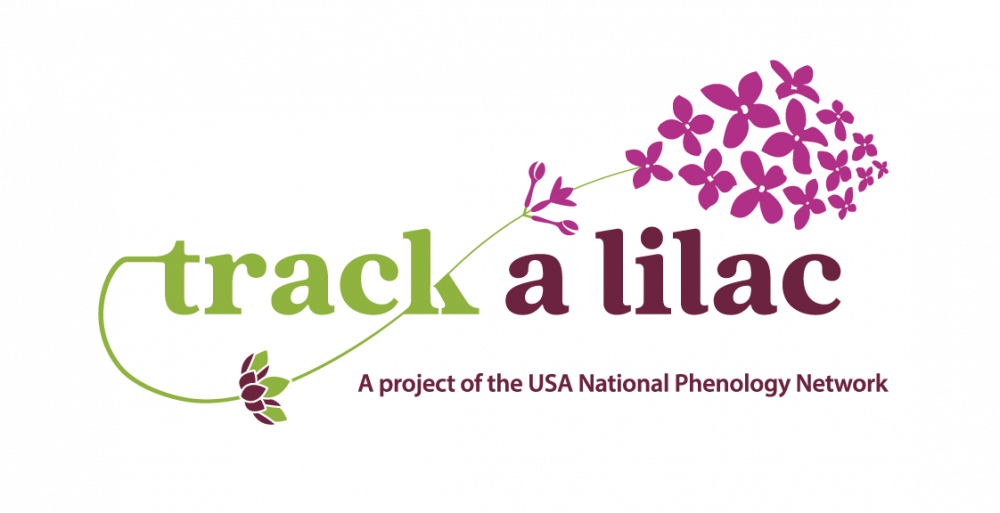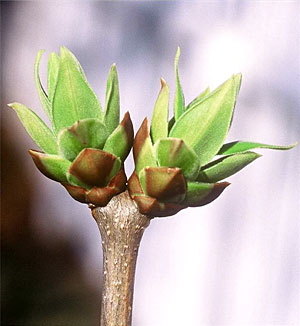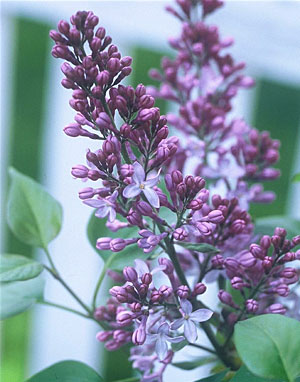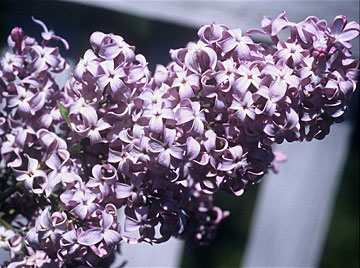This campaign has ended, read more about the results below!
Project Background

Track a Lilac was a USA National Phenology Network citizen science project that was part of PBS Nature's American Spring LIVE series, airing on April 29, 30 and May 1, 2019. American Spring LIVE was a real-time, live-action broadcast, transmedia, and outreach project for family audiences that focuses on seasonality and phenology and casts Spring as a powerful engine of change in the natural world. The creators sought to inspire scientific discovery and a new appreciation of the natural world among viewers.
While the Track a Lilac project has come to a close, we still invite participants to track the phenology of lilacs by signing up for a Nature's Notebook account and registering a lilac plant! Learn more about how to get started.
Lilacs are broadly distributed across the nation, are quite common in backyards, and are easy to recognize. With a simple datasheet, members of the public took part in a citizen science effort to track the phenological activity of lilacs all across the country.
These observations are part of an effort over 60 years in the making! Phenology observers have been tracking lilacs since the 1950s as part of a research project to understand how plants respond to environmental change. These observations have enabled the creation of the USA-NPN's Spring Index models, which predict leafing and flowering in lilacs. These models, and associated maps, can be used to predict activity of early season plants at locations across the country and see how the timing of spring activity in a particular year compares to a long-term average.
Description of the program
Participants used the Track a Lilac data entry page to log their observations. The landing page consisted of three simple steps: show us where you are, tell us what you see on your lilac, and report your observation.
Participants were asked whether they see three different "phenophases", or lifecycle events: breaking leaf buds, open flowers, and full flowering. Phenophase definitions and photos were provided in a popup window. Possible answers are yes (Y), no (N) or not sure (?).
Classroom resources were available for download through our PBS Learning Media partner along with national science standards.
After submitting their observation, participants were invited to join Nature's Notebook, the USA National Phenology Network's plant and animal observation program for further phenological discovery. Participants can register the lilac they tracked as part of Track a Lilac, or select from the over 1200 species of plants and animals available on the Nature's Notebook list.


